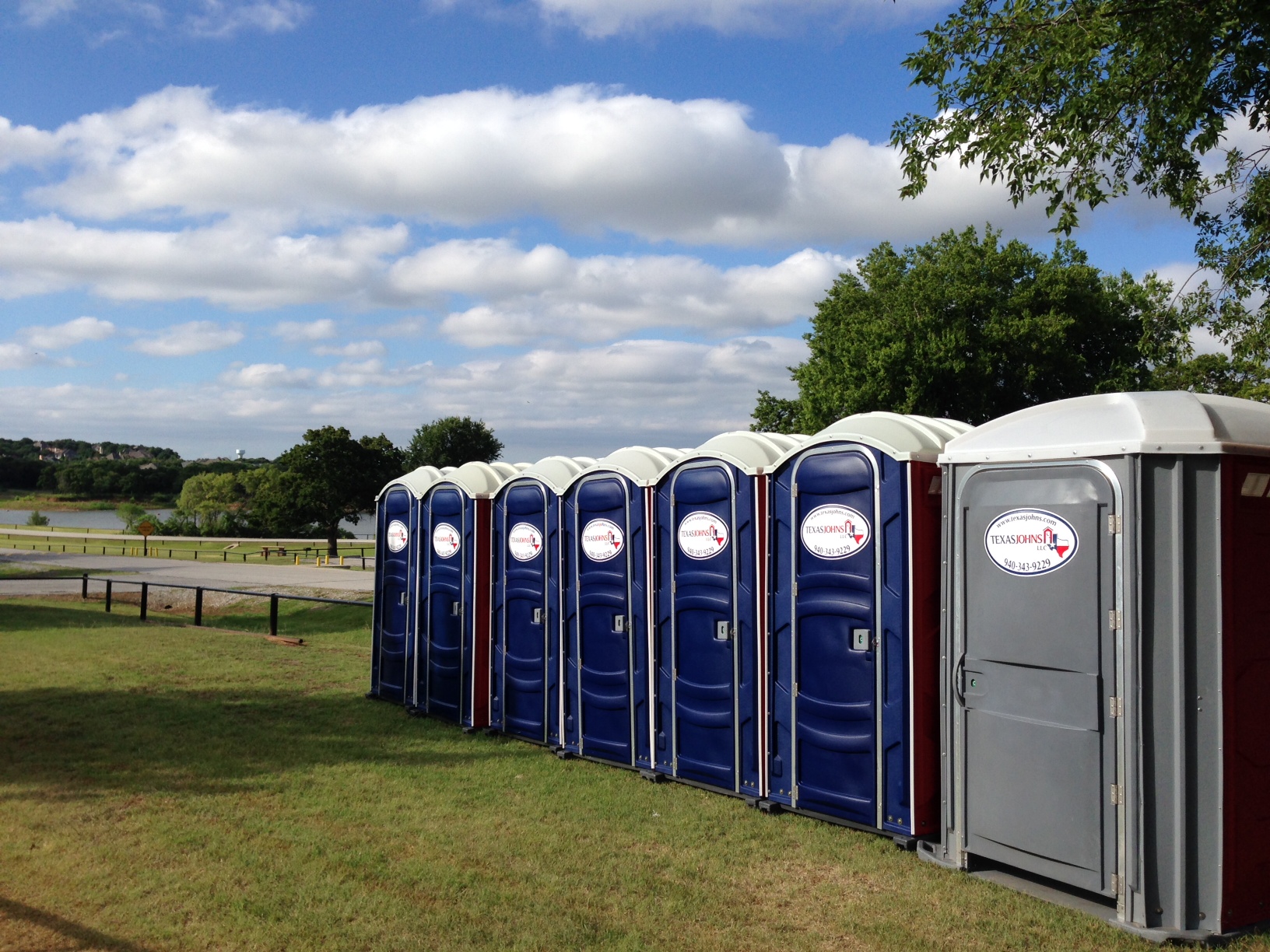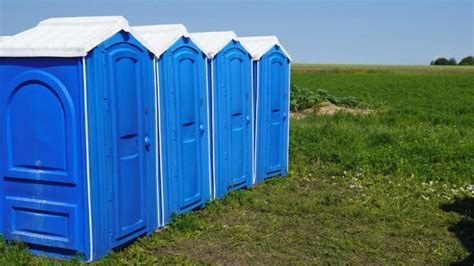Do You Need A Permit For A Porta Potty

Whether or not you need a permit for a porta potty can depend on several factors, including your location, the duration of the porta potty's use, and the specific regulations and laws in your area. It's essential to understand the local rules and requirements to ensure compliance and avoid any potential legal issues.
Porta potties, also known as portable toilets or sanitation facilities, are a common sight at construction sites, events, and temporary gatherings. While they provide a necessary service, their installation and use are subject to various regulations aimed at maintaining public health, safety, and environmental standards.
Understanding Local Regulations

The first step in determining if you need a permit for a porta potty is to research and understand the local regulations in your area. Different municipalities, counties, and states may have varying rules and requirements regarding portable sanitation facilities. Here are some key aspects to consider:
- Building and Sanitation Codes: Many areas have specific building codes or sanitation regulations that govern the installation and maintenance of porta potties. These codes may outline requirements for placement, accessibility, cleaning schedules, and waste disposal.
- Zoning Ordinances: Zoning laws can also come into play, particularly if you plan to install a porta potty on private property. Zoning regulations may dictate where portable toilets can be located and whether they are permitted in certain zones.
- Special Event Permits: If you're hosting an event and need porta potties as a temporary solution, you may be required to obtain a special event permit. This permit often covers various aspects of the event, including sanitation facilities.
- Environmental Considerations: Some areas have environmental regulations that impact the use of porta potties. For instance, there may be rules regarding the disposal of wastewater or the impact on local water sources.
Obtaining the Necessary Permits
Once you've familiarized yourself with the local regulations, the next step is to determine if you need to obtain any permits. Here's a general overview of the process:
- Contact Your Local Authorities: Reach out to your city or county's building department, health department, or environmental agency. These agencies can provide you with specific information about the requirements and any necessary permits.
- Review Permit Applications: If permits are required, obtain the relevant application forms and carefully review the requirements. Ensure you understand the deadlines, any associated fees, and any additional documentation needed.
- Complete the Application: Fill out the permit application accurately and completely. Provide all the necessary details, including the location, duration of use, and any specific features of the porta potty setup.
- Submit and Await Approval: Submit your application along with any required fees and supporting documentation. The approval process can vary, so be prepared for potential delays or requests for additional information.
- Comply with Permit Conditions: Once your permit is approved, carefully follow all the conditions and requirements outlined in the permit. This may include regular inspections, adherence to cleaning schedules, and proper waste disposal.
| Permit Type | Duration | Renewal |
|---|---|---|
| Building Permit | Varies (Short-term or long-term) | May require renewal after a specified period |
| Special Event Permit | Event-specific (Short-term) | Not typically renewable; new permit for each event |
| Environmental Permit | Varies (Long-term or ongoing) | Renewal may be required based on local regulations |

Considerations for Porta Potty Placement

In addition to permits, it's essential to consider the optimal placement of porta potties to ensure they are accessible, safe, and in compliance with local regulations. Here are some key factors to keep in mind:
- Accessibility: Ensure that the porta potty is easily accessible to all users, including those with disabilities. Consider placement near accessible paths or ramps.
- Privacy and Security: Porta potties should be placed in a location that provides adequate privacy for users. Additionally, consider security measures to prevent vandalism or unauthorized access.
- Proximity to Water Sources: If possible, place porta potties near a water source to facilitate regular cleaning and maintenance. This can help maintain hygiene standards.
- Distance from Food Areas: To prevent cross-contamination, keep porta potties at a reasonable distance from food preparation and consumption areas.
- Wind and Weather Considerations: Choose a location that provides some protection from strong winds or inclement weather. This can help prevent issues with odors or potential damage to the porta potty.
Maintaining Porta Potty Compliance
Once your porta potty is installed, it's crucial to maintain compliance with local regulations and best practices. Here are some key considerations:
- Regular Cleaning and Maintenance: Develop a cleaning schedule and ensure that the porta potty is cleaned and maintained regularly. This includes restocking supplies, sanitizing surfaces, and addressing any maintenance issues promptly.
- Waste Disposal: Follow the local guidelines for waste disposal. This may involve engaging a licensed waste management company or following specific disposal procedures.
- Inspections: If required by your permit, schedule regular inspections to ensure the porta potty remains in compliance with local standards. Address any deficiencies promptly.
- Record Keeping: Maintain records of cleaning schedules, maintenance activities, and inspections to demonstrate your commitment to compliance.
Do I need a permit for a porta potty at a construction site?
+Yes, construction sites often require permits for porta potties to ensure compliance with safety and sanitation standards. These permits may be part of the overall building permit process or may be separate.
Are there any exceptions to the permit requirements for porta potties?
+Some areas may have exceptions for short-term or temporary uses, such as during community events or festivals. However, it’s best to check with local authorities to confirm any exceptions and their specific conditions.
What happens if I install a porta potty without the necessary permits?
+Installing a porta potty without the required permits can result in fines, penalties, or even the removal of the porta potty. It’s important to follow local regulations to avoid legal issues and potential disruptions to your operations.



